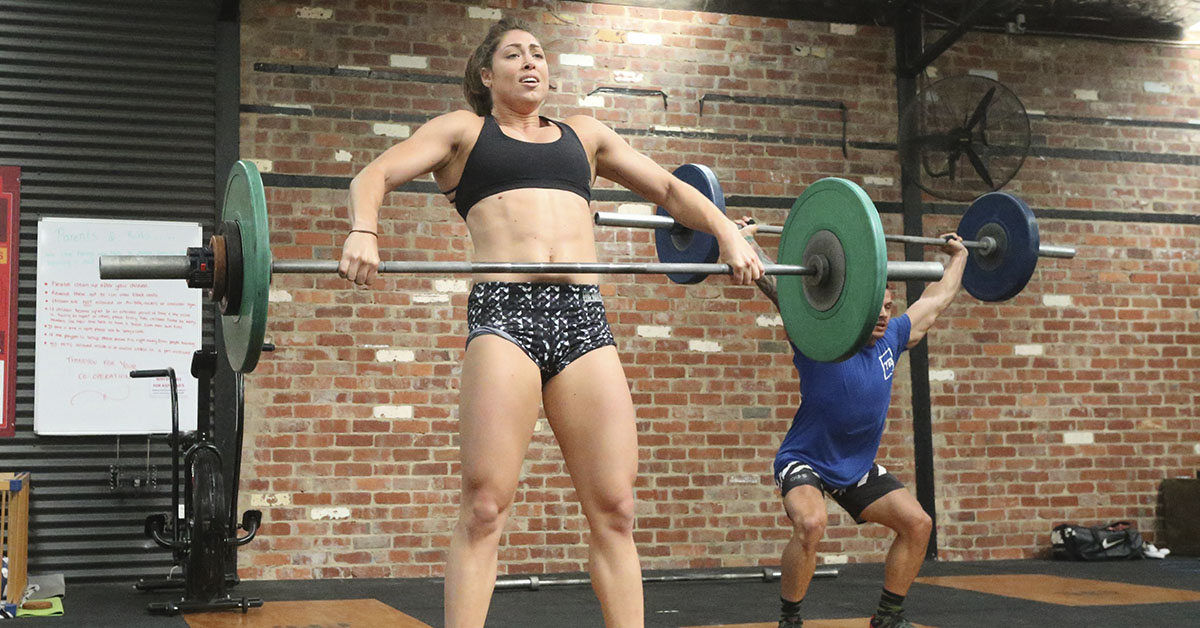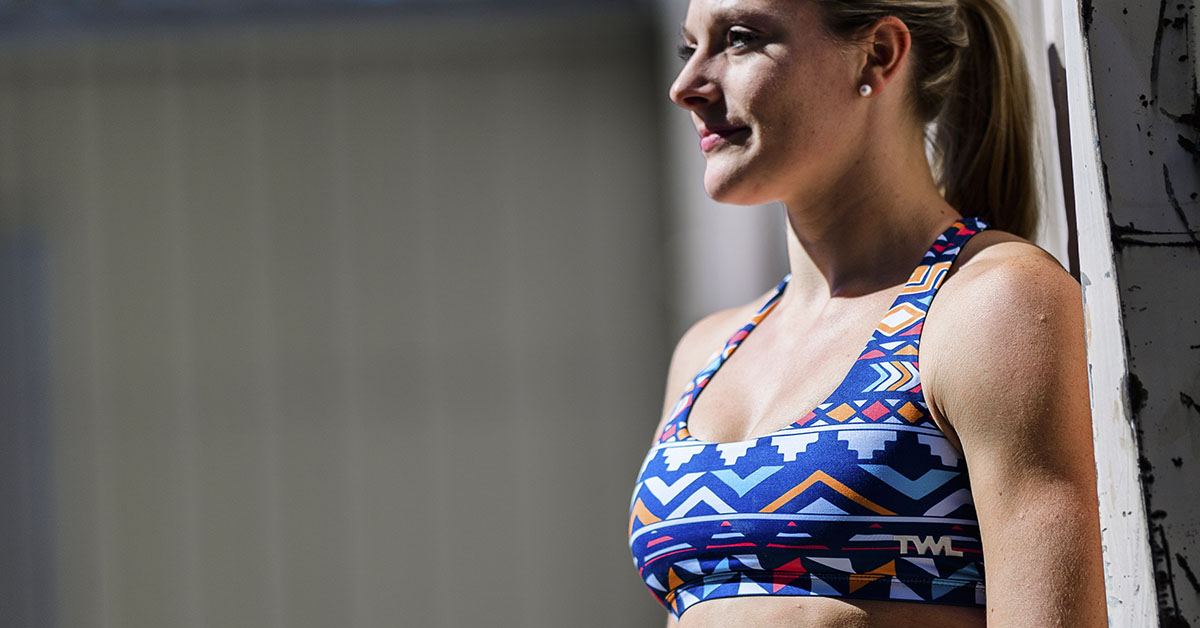Weightlifting belts. Everyone seems to have an opinion on them, so The WOD Life are here to shed some light on the benefits of wearing a belt and you can decide if a belt is right for you or not.
Lift With Your Legs
In a purely functional setting, were taught from a young age to lift with our legs, not our backs. The same goes for CrossFit, especially when lifting heavy. Good coaches teach their athletes the bracing sequence right off the bat and are adamant about proper form at any weight. However, sometimes as athletes—particularly when our numbers start increasing—we need a little extra support.
Weightlifting belts reduce spinal flexion and extension as well as lateral flexion. This creates a boundary for athletes to be physically unable to use their backs for leverage, thus forcing their legs to do the heavy lifting. In other words, while wearing a belt, we have no option other than to lift with perfect form in our upper halves. Now, for this reason, some may argue that using a belt is a crutch and reduces strength, however, it’s quite the opposite.
Increased Core Strength
Part of the bracing process, as it specifically applies to weightlifting, is using intra-abdominal pressure to our advantage. This is the whole reason for taking a big breath at the top of a lift. With this breath, we fill up the abdominals to support the back, filling up with air, acting like a natural weight belt, in a sense. Using our abs as support while lifting, strengthens the muscles, which leads to us being able to move more weight.
This, combined with a belt is like double the strength. When wearing a belt, when your midsection is full, your abs push against the front or your belt, adding more pressure to support your spine (not to mention a great reminder to hold tight all the way through your lift).
Keeping That Spine Safe
Spines are fragile and imperatively important for active humans. But you don’t need me to tell you that. Further, I would argue that your spine is the center for all activities, so why wouldn’t you want to take every measure to keep it safe?
If you’re anything like me, you love to lift heavy. I personally have a lot of power in my lower half which is both a blessing and a curse. My deadlift and squats are at or near double my body weight, which is awesome, but that also means I have a lot of pressure on my spine during those movements. Of course, years of great training has gotten me there, so I don’t reach for my belt until I am at about 80% of my 1 rep for a little extra support.
Regardless if I have my belt on or not, my form is exactly the same. That being said, could I lift successfully beltless? Probably, but I prefer to lift heavy for a long time, so I choose to use my belt when I’m flirting with failure.
One More Thing
Most importantly, I feel like I can lift heavier when belted. Maybe it’s a psychological thing, I haven’t tested it, but I’m a big advocate for safety and my belt makes me feel safe. I use the TWL Agility Belt which I love because it’s just enough support without feeling too restricting. Of course, like all gear, you have to find what works best for you. You can check our our entire selection of weightlifting belts here to find your perfect match.
Which belt do you love? Let us know in the comments below!





















